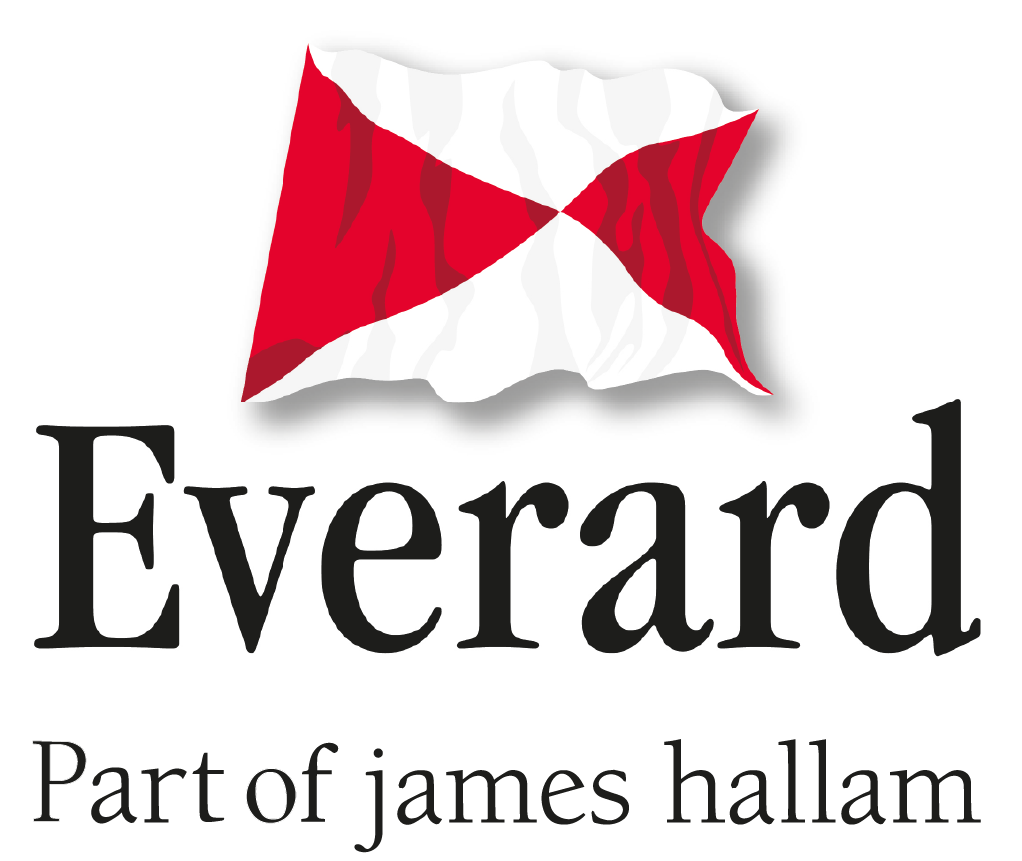Dine and dash is when customers leave a restaurant without paying for their meal. In UK law this is recognised as a form of theft.
Dine and dash appears to be a growing issue in the UK, with around a third of hospitality businesses claiming to have experienced it. It can seriously eat into a restaurant’s profits, while also having a demoralising effect on staff.
In this post we will explore some techniques for preventing dine and dash theft in your restaurant.
Why Do Customers Dine and Dash?
If you can understand how and why dine and dash happens, you will know what steps you can take to address the issue.
There are a number of reasons customers might dine and dash:
- Spontaneously: Some customers do it for the thrill of it, as a spontaneous decision.
- Planned: Others will plan their dine and dash attempt in advance, meaning they will choose their moment to leave carefully – when the restaurant is busy, the staff are distracted, and they can slip out unnoticed.
- Protest: Customers may leave without paying as an act of protest over receiving poor customer service, or because they feel they have waited too long to get the bill.
- Affordability: Customers may decide to leave when they eventually get the bill, and realise they cannot afford to pay.
Ways to Prevent Dine and Dash in Your Restaurant
Here are some measures you can introduce to prevent dine and dash in your restaurant:
Hosts and Other Front of House Staff
Make one member of staff your restaurant’s host. It is their job to maintain a presence at the front of the establishment to welcome new customers, and to see off customers at the end of their meal.
If there is a member of staff constantly stationed at the front of your restaurant, any customers considering a dine and dash may reconsider, as there will be a greater chance of getting caught.
Floor Plan
Consider your restaurant’s floor plan to encourage customers to only enter and leave through a single point, and to maximise the line of sight for your staff.
This will make it harder for customers to slip out unnoticed, while also ensuring that your staff can keep an eye on all tables, even during busy periods.
Staff Training
Inform your staff of the risks of dine and dash. If it has happened before in your restaurant, take the time to analyse how the customers managed to get away with it, so that you and your staff can identify any possible warning signs.
Your training could also cover how your staff can deliver a high quality, efficient service even when the restaurant is packed. This could save your customers from having to wait too long for their bills.
Finally, remember that some customers choose to leave without paying as a form of protest, when they think they have received poor service. In this way, good customer service can itself help to prevent dine and dash. Plus, if your staff can build a rapport with your customers, they may be more likely to recall their appearance should you ever have to investigate a case of dine and dash.
Reservation Systems
Implement a strict booking system, and request certain customer details as part of the reservation. Ask for a name, a contact number, and consider taking a deposit payment too.
These measures could deter potential dine and dashers, as you will have a means of tracing any perpetrators. Even if the customers give you false details, they will still provide a lead for a subsequent police investigation.
Payment Systems
If you are running a pub or a smaller café, it may be acceptable to request customer payments in advance. This, of course, will make dine and dash crime impossible.
Yet in most restaurants, customers expect to pay after their meal. And as we have seen, some customers will choose to leave if they feel they have waited too long to pay.
Find ways to streamline your payment process. This is another area where staff training can help, but you could also look to technology to help you, with handheld POS devices for card payments, or QR codes on the tables to allow customers to pay their bills in their own time.
CCTV and Signage
CCTV can cover any potential blindspots in your restaurant, making it harder for customers to leave unnoticed. Placing signs to notify customers of your cameras can act as a strong deterrent to dine and dashers – they may be much less likely to attempt to leave if they know they are on camera.
If your CCTV does not help prevent dine and dash crime in your restaurant, it can at least help you identify the customers afterwards, which may mean you can recover your losses.
Get Dedicated Restaurant Insurance From James Hallam
James Hallam is an independent Lloyd’s broker with a dedicated team of experienced insurance professionals who care about protecting your restaurant.
We can help you get the cover you need at a truly competitive price. While restaurant insurance cannot itself prevent dine and dash crime, it may help you recover from any profit losses you experience as a result of theft.
Learn more about our specialist insurance services here.











